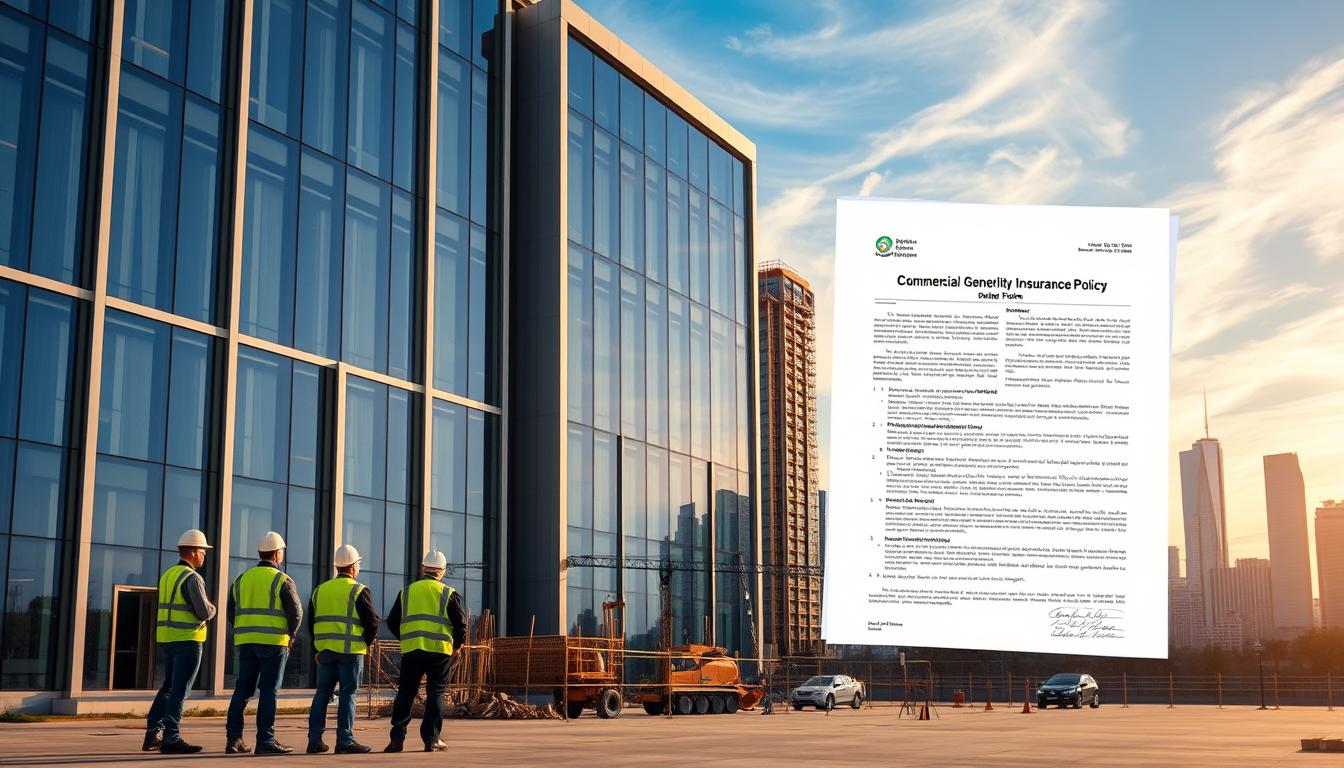Commercial General Liability Insurance for Contractors: What You Need to Know
Insurance Costs and Factors Impacting Premiums
Balancing project budgets requires careful financial planning. Industry data shows professionals typically spend around $80 monthly for essential coverage. What determines this cost? Insurers weigh multiple variables to calculate fair pricing.
Balancing Risk Profiles and Operational Needs
Small business operators often benefit from lower premiums. Limited team sizes and focused service areas reduce exposure risks. Revenue levels and project complexity also shape insurance costs – high-value contracts may demand higher coverage limits.
Location plays a crucial role. Urban projects in London face different pricing than rural Yorkshire jobs due to claim frequency and labour rates. Insurers also review safety protocols and past claims when assessing risk.
Practical strategies help manage expenses:
- Implement documented safety training programmes
- Compare quotes from specialist providers annually
- Adjust deductibles to match cash flow capabilities
Regular policy reviews ensure coverage adapts as business needs evolve. Partnering with brokers who understand construction risks helps secure optimal value without compromising protection.
FAQ About Commercial General Liability Insurance for Contractors
What does a general liability policy cover?
It covers costs associated with third-party injuries, property damage, and claims such as advertising errors or slander. This includes medical bills, legal fees, and settlements if your work harms others.
How does this insurance protect my construction business?
It shields your finances by paying for lawsuits, accidents, or workplace injuries involving clients or visitors. Without it, out-of-pocket costs could cripple your operations.
Are subcontractors included in my coverage?
No. Subcontractors need their policies. Always request certificates of insurance and add endorsements to avoid liability for their mistakes.
Does it cover damage to my tools or work vehicles?
No. Equipment and vehicles require separate policies, like inland marine insurance or commercial auto coverage. These protect against stolen tools or accidents while driving for work.
What risks increase my premiums?
High-risk jobs (roofing, electrical), business size, location, and claims history impact rates. Safer practices and bundling policies often lower costs.
Can I get coverage for flawed workmanship?
Standard policies exclude this. Consider errors and omissions (E&O) insurance to handle lawsuits over design flaws, delays, or unmet contracts.
Do I need workers’ compensation if I have no employees?
Some states require it even for solo contractors. It covers medical expenses if you’re injured on the job, preventing personal financial strain.
How quickly can I get proof of insurance?
Most providers issue certificates instantly after purchase. These documents satisfy client requests and licensing requirements.







